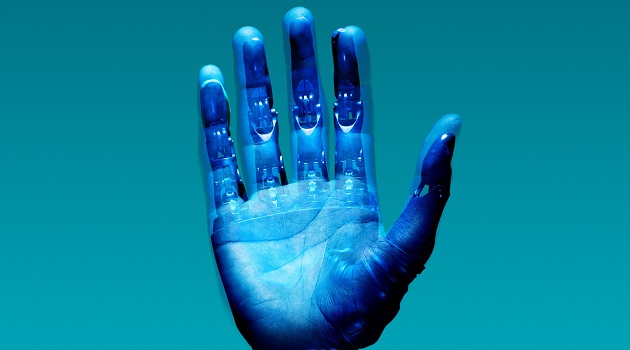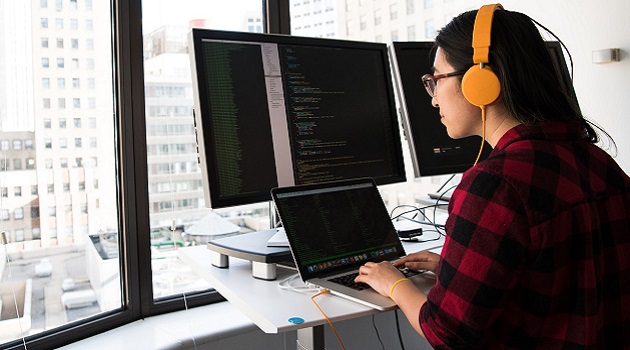Close your eyes and go back in time, when you were as fresh as the Prince of Bel-Air and were contemplating on picking up a programming language and working super-hard towards a promising future!
The game would almost always be between C++ and Java. Some lucky ones would get to work on SAP (Systems Applications and Products) and those working on Mainframe and VB (Visual Basic) would be a pitied lot. Ah, memories!
15 years now, we wouldn’t probably do the same thing. We have seen it all and more in these eventful years.
From two recessions to economic boom to the current unprecedented coronavirus crisis, we all are convinced that the world will not be the same place.
The world has changed. The world will change. Change is the only constant. The problem lies herein – how do we predict the change? Change is future but it is uncertain and hence unpredictable.
What lies ahead is the known unknown. What worries the most is the unknown unknown of this change.
Our future survival depends upon how we embrace this unknown unknown, adopt and integrate into the new technology and work. Are we expected to do it really fast?
Whilst we cannot predict the unknown future, we can definitely enable ourselves on the emerging tech capabilities of future.
You need to understand the substantial demand for the futuristic skills and their expertise that will stay relevant in the coming years.
The skills of future include but are not limited to Big Data and Analytics, Artificial Intelligence or AI, Cloud Computing, Internet of Things (IoT), Cyber security and Robotic Process Automation.
The tech landscape is bubbling with discussions on reskilling the workforce on emerging tech trends. Industry is pushing its employee to Enrol, Learn and Evolve on futuristic capabilities.
They want the best of hands. Needless to say that those who will embrace this change will stay and the ones who resist this change will perish.
Big Data and Analytics
The concept of Big Data has been around for years. Basic analytics on spread-sheets was always done to uncover possible trends and insights.
However, the difference lies in ‘future’ and ‘immediate’. Big Data analytics brings speed and efficiency to the job.
Information that would perhaps be once mined for ‘future’ purposes can now be harnessed for ‘immediate’ gains.
Almost all the industries from Life Sciences, Banking, Manufacturing, Health Care, Government, and Retail use Big Data and Analytics.
Artificial Intelligence (AI)
AI has been around since 1956. In Hollywood movies, we have all seen human-like robots that have taken over the world. Well, current evolution of AI isn’t that scary at all.
AI automates repetitive learning and discovery through data. Thus it can perform frequent, high-volume tasks reliably without exhaustion.
One must remember that AI isn’t sold as an individual application but bundled up with the products. A good example will be Siri added as a feature to a new generation of apple products.
AI adapts through progressive learning algorithms and analyses more and deeper data. This gives AI incredible accuracy.
One can say that AI gets the most out of data.
Cloud Computing
Imagine the possibility of storing vast amount of data. But then there is limit to your computer’s hard drive.
Now, think of storing and accessing this data over the internet. The cloud is just a metaphor for the internet.
Cloud computing is thus the delivery of computing services – including servers, storage, databases, networking, software, analytics and intelligence – over the internet (the cloud).
This offers velocity to innovation and is far more economic. Gmail is one of the best examples of this.
Internet of Things (IoT)
IoT is a network of devices and sensors connected to the internet. These ‘things’ for example your smart watch, enable data to be sent and received without human intervention.
The word ‘internet of things’ has two main parts; Internet being the backbone of connectivity, and Things meaning objects or devices.
Due to decreasing costs of sensors and connectivity, IoT is rapidly advancing. IoT offers us to connect every physical object with the internet.
This would lead to a plethora of information and data getting created and thus would need organizations to have the capabilities to seamlessly store, retrieve and analyse this huge data in order to capitalize on the potential benefits that IoT is going to offer in future.
However, security and privacy are the biggest challenges for IoT.
Robotic Process Automation (RPA)
With the ability to automate mundane and repetitive activities, RPA is going to stay because it provides digital workers who work 24×7 without any tiredness, delivers error-free outcomes without compromising the productivity and its ability to multi-task.
As of now Banking, Financial Services, Insurance, Healthcare, Logistics are extensively using RPA which actually helps focus on business rather than the technology behind it.
Cyber Security
All this technology does compromise security. Cyber Security is protecting systems, networks, and programs from digital attack.
These cyber-attacks can be anything from destroying sensitive information to extorting money from users or interrupting normal business processes.
Cyber Security overall protects our sensitive data, personally identifiable information (PII), protected health information (PHI), personal information, intellectual property, data, and governmental and industry information systems from theft and damage attempted.
As industry will rapidly build up further on these technologies, it is essential that we take the cue now and start re-skilling ourselves. The new age market place is a virtual lab where our skills are the passports to the jobs we desire.









